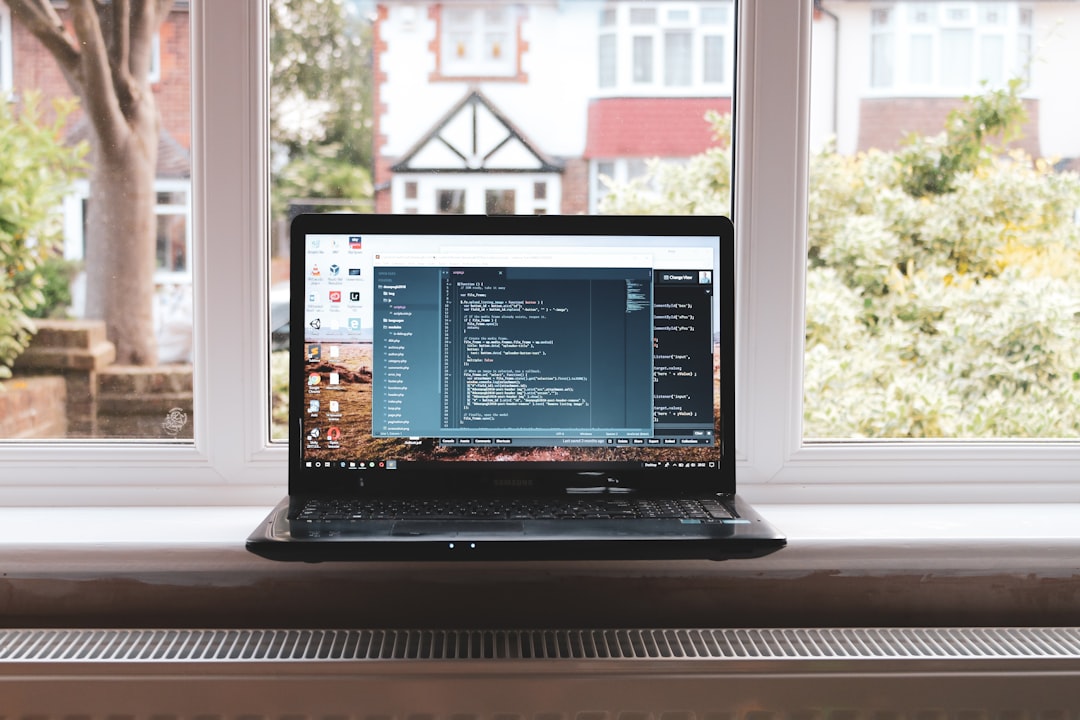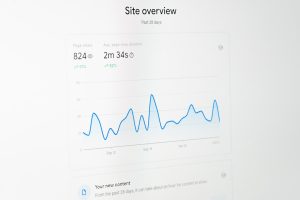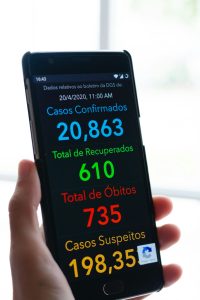
In today’s digitally connected world, understanding how devices interact over a network is essential. Whether you’re troubleshooting internet connectivity or just curious about which apps or devices are using your bandwidth, viewing network connections is a crucial skill. Fortunately, you don’t need to be an IT professional to monitor these connections. This step-by-step guide will walk beginners through the process of viewing network connections on various devices—Windows, Mac, Android, iOS, and even routers.
Why Monitor Network Connections?
Before diving into the steps, it’s helpful to understand why viewing network connections is important:
- Security: Detect unauthorized devices or suspicious activity.
- Troubleshooting: Find out why your internet is slow or intermittent.
- Bandwidth management: Identify applications or devices consuming excessive data.
How to View Network Connections on Windows
Windows provides built-in tools to monitor network connections. Here’s how:
- Task Manager
- Right-click on the taskbar and select Task Manager.
- Click the Performance tab.
- Select Wi-Fi or Ethernet (depending on your connection type).
- Here, you’ll see data like upload/download speed and network activity.
- Command Prompt
- Press Win + R, type cmd, and press Enter.
- Type:
netstat -ano - This will display all active network connections along with their IP addresses and ports.

How to View Network Connections on macOS
Mac users also have several built-in utilities to inspect network activity:
- Activity Monitor
- Open Applications > Utilities > Activity Monitor.
- Click the Network tab to view data sent and received by each app.
- Terminal
- Open Terminal from Applications > Utilities.
- Type:
netstat -anand press Enter. - This will show all active connections just like on Windows.
You can also use Network Utility for more detailed exploration, although this app is being phased out in newer versions of macOS.
How to View Network Connections on Android
Unlike desktops, viewing network connections on Android is less straightforward due to security and user experience limitations. Still, you can use the following methods:
- Network Monitoring Apps
- Install apps like NetGuard, Network Connections, or GlassWire.
- Open the app and navigate to the Connections section to see which apps are accessing the internet.
- Developer Options (Advanced Users)
- Enable Developer Options by tapping Build Number 7 times in Settings > About Phone.
- Use commands via ADB or Android Shell to view network stats, if you’re comfortable with command lines.

How to View Network Connections on iOS
iOS is more restricted compared to Android, but you can still gather network information:
- Settings Menu
- Go to Settings > Wi-Fi.
- Tap the i icon next to the connected network to view IP address, subnet mask, and other info.
- Third-Party Apps
- Use apps like Fing or Network Analyzer from the App Store to see all connected devices and port activity.
Unlike Android, iOS doesn’t allow apps to snoop on other apps’ network traffic, so your visibility is limited to device-level connections.
How to View Network Connections on a Router
Checking your router can give you a bird’s-eye view of the entire network:
- Log in to Your Router
- Open a browser and type your router’s IP address (usually
192.168.1.1or192.168.0.1). - Login with your admin username and password.
- Open a browser and type your router’s IP address (usually
- View Connected Devices
- Navigate to sections like Device List, Connected Devices, or LAN Status.
- You’ll see a live list of all devices on the network, including their IPs and MAC addresses.

Best Practices for Monitoring Network Connections
- Regular Checks: Periodically monitor your devices, especially if you share your network.
- Secure Your Network: Use strong Wi-Fi passwords and enable encryption (WPA3 if available).
- Install Network Tools: Programs like WireShark, GlassWire, or Little Snitch offer advanced insights.
Final Thoughts
With a basic understanding of your device’s tools and a few handy apps, you can easily view and monitor network connections. This helps improve both your security and performance while giving you better control over how your internet is used. Each platform has its strengths and limitations, but collectively they provide multiple vantage points for network visibility.
Frequently Asked Questions (FAQ)
1. Is it safe to use third-party apps for monitoring network connections?
Yes, but make sure to download apps from trusted sources like the App Store or Google Play. Always review privacy policies and user reviews.
2. What is the best app to see what devices are on my Wi-Fi?
Apps like Fing are highly rated for detecting all connected devices on your Wi-Fi network.
3. Can I block a device from using my Wi-Fi?
Yes, most routers allow you to block devices by MAC address via their admin interface.
4. How can I tell if someone is using my internet without permission?
Check your router’s device list and look for any unfamiliar devices. You can then remove or block them to secure access.
5. Do mobile apps show real-time data usage per application?
Yes, apps like GlassWire and NetGuard offer real-time data usage breakdowns per app on Android. On iOS, data is more limited, but some tracking is still available.
6. Will monitoring tools slow down my device or internet?
Most monitoring tools are lightweight, but some advanced apps may slightly impact performance depending on how they log and process data.
With these tools and methods, even beginners can become confident in managing and securing their networks more effectively.






